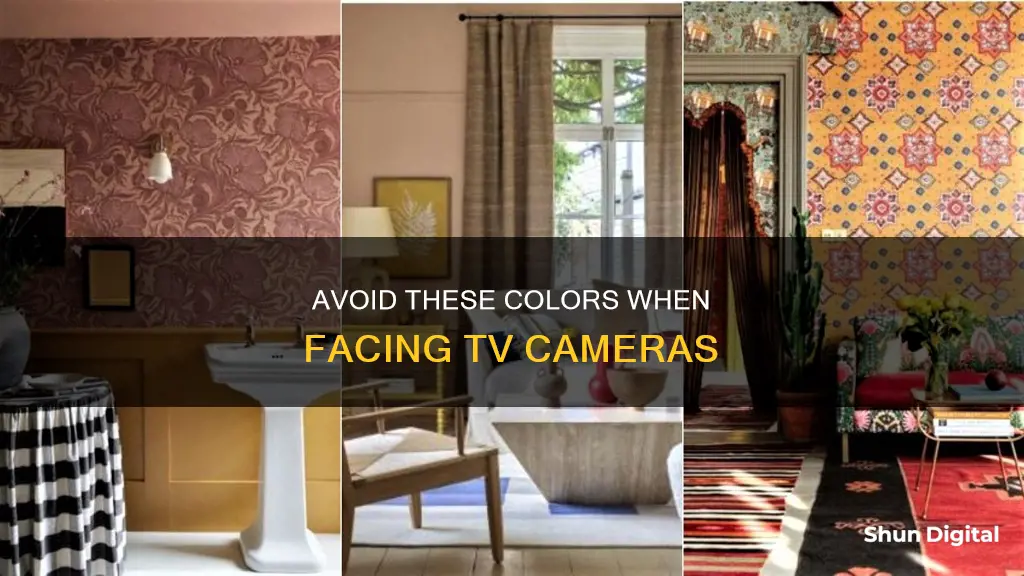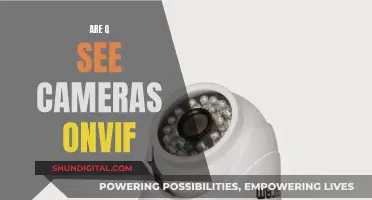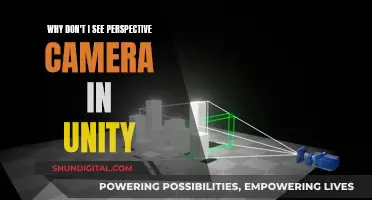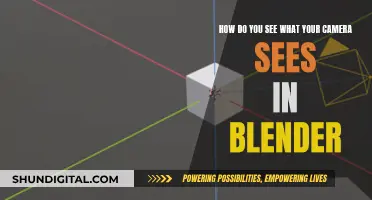
When it comes to choosing what to wear for a TV appearance, there are several colours and patterns you should avoid. The camera lens will capture colours differently from the human eye, so it's important to dress for the camera, not for an audience. So, which colours should you steer clear of?
| Characteristics | Values |
|---|---|
| Colors to avoid | Red, orange, hot pink, yellow, bright green, purple, black, white, nudes |
| Colors to consider | Ruby red, emerald green, sapphire blue, navy, light blue, lilac, gray, light beige, light gray, pale blue, pastel, coral, burgundy, maroon |
| Patterns to avoid | Large patterns, small patterns, pinstripes, checks, herringbone, chevron, plaid, houndstooth, polka dots |
| Jewelry | Minimal, noiseless, not flashy or reflective |
What You'll Learn
- Avoid black, which can cast shadows on your face and make you look tired
- Avoid white, which can be too bright and distracting for viewers
- Avoid green, especially if there will be a green screen
- Avoid bright red, which can bleed on camera and make your face look flushed
- Avoid pastels, which can make skin look grey or sallow

Avoid black, which can cast shadows on your face and make you look tired
When it comes to choosing what to wear for a TV appearance, it's important to remember that the colours you see in person will be captured differently by the camera lens. What your viewers see will not be the same as what you see in real life.
Black is one colour that you should generally avoid wearing on camera. While it may be elegant and flattering in normal life, black can have some unflattering effects when translated to the screen.
Firstly, black can cast shadows on your face, making your dark circles appear more pronounced and giving you a tired look. If you plan on wearing black on camera, it's best to have a professional do your makeup to colour correct for any shadows.
Secondly, black tends to absorb a lot of the surrounding light, making details less visible. This can be especially problematic if you're wearing black near your face. If you must wear black, try pairing it with a coloured jacket or sweater to reduce the amount of black that is visible.
Thirdly, black can drain the life out of you on screen, making you appear gloomy or even sinister. If you have a serious message to deliver, black may not be the best colour to wear as it could detract from your message.
Finally, dark colours like black can have an ageing effect on the wearer, as they cast shadows on the skin.
If you want to wear a dark colour, navy is a better alternative to black. It is seen as safe, understated, and trustworthy.
The Perfect OLED TV: C8P's Camera Feature
You may want to see also

Avoid white, which can be too bright and distracting for viewers
When it comes to choosing an outfit for a TV appearance, it's important to remember that the colours you see in person will be captured differently by the camera lens. What viewers see on their screens will not be the same as what you see in real life.
White is a colour that should generally be avoided for TV appearances. This is because it can be too bright and distracting for viewers. White tends to dominate the screen and can be visually overwhelming, even "blinding" the viewer. The camera will boost contrast, and having white as a base will force all other colours to be underexposed. As a result, you may appear washed out or "floating" with a lack of complimentary colours.
Instead of white, opt for light beige, light grey, or very pale colours. These colours will be less harsh on the eyes and create a more balanced image. Remember, you want the audience to focus on what you're saying, not your outfit!
In addition to avoiding white, there are a few other colours and patterns that are best left out of your TV wardrobe. Black, for example, can be problematic as it tends to absorb light, making details less visible. Bright colours like red, orange, and yellow can also be distracting and may cause a "bleeding" effect on screen. Patterns such as stripes, herringbone, and plaid can create optical illusions and be distracting or dizzying for viewers.
Publix's Camera Surveillance: What Shoppers Should Know
You may want to see also

Avoid green, especially if there will be a green screen
When it comes to choosing what to wear for a TV appearance, it's important to remember that the colours and patterns you see in person will be captured differently by the camera lens. So, while you may think a particular shade looks good in real life, it might not translate well on screen.
If you're filming in front of a green screen, it's best to avoid wearing ANY shade of green. Even a hint of blue-green can cause issues, as it will blend into the background. This means that the special effects won't work, and you'll need to spend time in post-production fixing the problem. Green can also make your skin look unhealthy and washed out.
If you're wearing green, it's also worth considering whether you'll be standing in front of a coloured backdrop. Colours set against a white background will appear brighter, while colours set against a dark background will lose some of their intensity. You want to wear a colour that contrasts with the background so that you stand out.
If you're unsure about what to wear, it's a good idea to bring a few different options to the shoot. That way, you can avoid any colours that clash with the set or another person.
Apple Watch Camera Remote: Where Is It?
You may want to see also

Avoid bright red, which can bleed on camera and make your face look flushed
When it comes to dressing for a TV appearance, it's important to remember that the colours you see in person will be captured differently by the camera lens. The colours you wear can impact the lighting, the message you're trying to convey, and even how trustworthy you appear to viewers.
Red is a powerful colour with various meanings, including passion and anger. While it can be a good choice for a tie, wearing large areas of bright red can be a problem on camera. The camera sensor can struggle to compensate for the "bleeding" effect of bright red, which can make your face appear flushed, especially when red is placed next to neutral colours like white or black.
If you want to wear red on camera, opt for darker shades such as burgundy or maroon. These shades will appear more elegant and less overwhelming than bright red. You can also consider pairing a red jacket or shirt with other colours to create a balanced look.
Additionally, it's important to avoid wearing black or white on camera. Black can drain the life out of you and make you appear tired, while white can be too bright and overwhelming, casting the rest of you in shadow. Instead, opt for colours like grey, navy blue, or pastel shades, which are flattering and won't distract viewers.
Do Retail Stores Invade Privacy by Watching Cameras?
You may want to see also

Avoid pastels, which can make skin look grey or sallow
When it comes to choosing what to wear for a TV appearance, it's important to remember that the colours that you wear will have a major impact on your audience. While you may be speaking eloquently and engagingly, if your clothing is distracting, your message may be lost.
Pastel colours, in particular, should be avoided as they can make your skin look grey or sallow. Pastels tend to look lacklustre on camera and can wash you out under harsh lighting. This is because pastels are subdued colours that are neither soft nor harsh, and while they are easy on the eye, they can make your skin appear dull and lifeless.
If you want your skin to look vibrant and healthy on camera, it's best to opt for jewel tones such as ruby red, emerald green, and sapphire blue. These colours have the right amount of saturation for all skin types and will prevent you from looking washed out.
It's also worth noting that you should avoid wearing black on camera as it can make you appear tired by making dark circles under your eyes more pronounced. Instead, choose colours that contrast with the background you'll be standing in front of so that you stand out.
Additionally, you should avoid wearing stripes or other patterns as they can create a weird optical effect called a moire pattern, where the patterns compete with each other for visual dominance. Solid colours and simple patterns are best.
Apple Watch Series 1: Camera Location and Functionality
You may want to see also
Frequently asked questions
Black and white are colours that you should avoid wearing for TV cameras. Black tends to absorb the light around it, making details less visible and can make you look tired. White can be too visually overwhelming and cast the rest of you in shadow.
Avoid wearing stripes, patterns, or herringbone as these can create a weird optical effect called a moiré pattern, where competing patterns compete with each other for visual dominance.
Bright red, orange, and green are colours that you should be cautious of wearing. Red can make your face look flushed, orange may look red to the camera, and green can make your skin look unhealthy.







